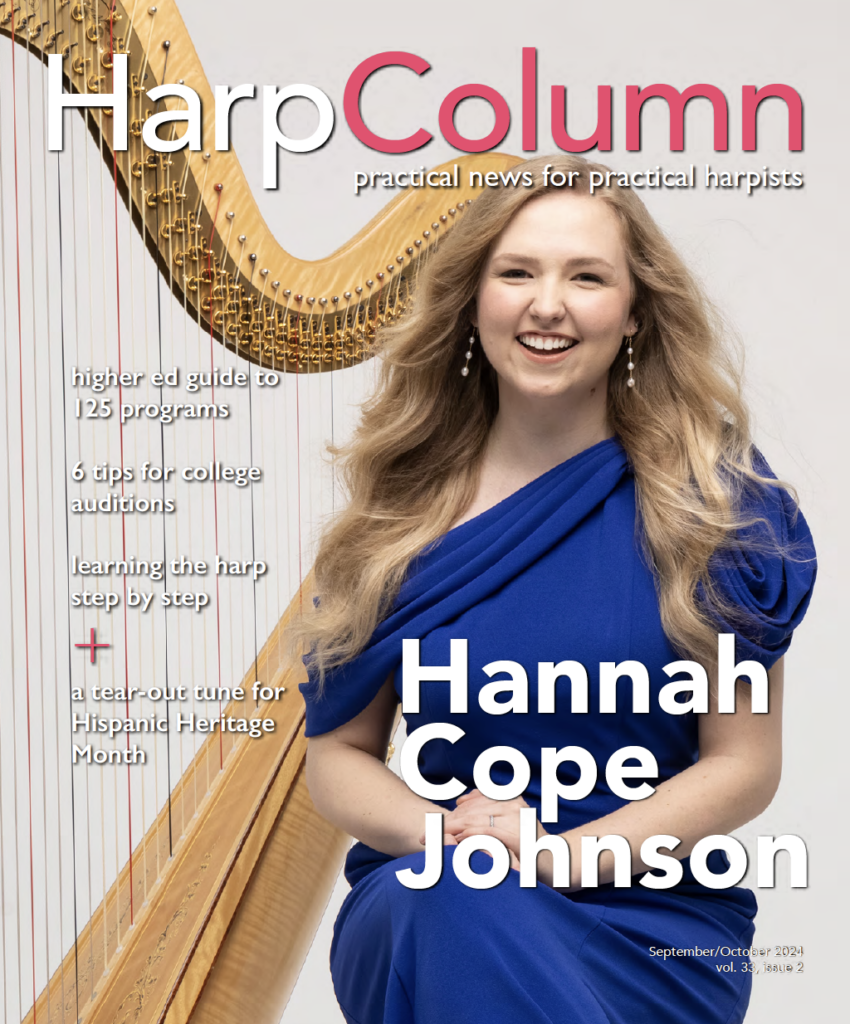“College is a match to be made, not a prize to be won,” is what the host of a popular college admissions podcast says at the end of every episode. I’ve listened to him hammer the point home every week for the last year, and have, in turn, been pounding this point into the head of my oldest child, who is applying to colleges this fall. He rolls his eyes at me each time, as any good teenager should when his mom tells him something for the 873rd time.
With nearly 4,000 colleges in the U.S., finding the right fit can be like finding a needle in a haystack.
While my college advice falls upon deaf ears at home, I’m sure the readers of Harp Column will see the wisdom in the words. Anyone who has spent time in the college admissions world lately knows how competitive and complex it can be. The quest to get into your “dream” school or wear the name of that prestigious college on your sweatshirt can make you lose sight of the goal of the entire process: finding the best fit for the next four years of your life.
So, how do you achieve the best fit? With nearly 4,000 colleges in the U.S., finding the right fit can be like finding a needle in a haystack. Luckily for you, we’ve culled the list quite a bit. Our annual college guide (see Higher Ed Harp Directory 2024) features 127 colleges, universities, and conservatories with harp programs. All but a handful are in the U.S. While it’s not a comprehensive list (schools have to opt in to our print directory), it’s a good place to start for accurate, up-to-date information about the college harp landscape.
How do you begin to narrow down our list of 125-plus harp programs? It starts with the teacher. If you intend to study music in college, there is no factor that will affect your college experience more than your harp instructor. You don’t have to take my word for it. Ask anyone who has gone to music school, and they will tell you the same thing—finding the right college teacher is paramount. Find a good fit, and the sky’s the limit for what you can accomplish during your college years.
Each school’s instructor(s) are listed in our print directory. But you’ll also find information like location, size, type of school, degrees offered, and a few details about the program to help you begin to assess the options out there. This information is important because, while the student-teacher relationship is critical, it’s not the only aspect of fit that matters when choosing a college. You’ll also want to consider the academic fit. Do you want an intense conservatory experience, a music department that allows you to double major, or something in between? How about the social fit? Do you want a big rah-rah state school with football Saturdays or a small liberal arts college with different vibe? Do you want to be in the heart of a vibrant city or in a more rural setting with a more traditional campus? Then, of course, there is what no one wants to think about, but what can be a deal-breaker for many families: the financial fit. Many schools offer merit scholarships for music students, in addition to the need-based financial aid available.
This might seem like an overwhelming number of factors to consider in your college search, but after you begin to get the lay of the land in our print directory, you can head over to our digital directory for even more detail about these programs. You will find even more programs to check out (152 and growing), more details (e.g., lesson availability for non-majors and minors offered), and filtering options to search by location or specific program features you’re seeking. We are a bit biased, but we think that, with these resources, finding the right college match has never been easier. And we’re happy to play matchmaker. •






